 Millions of pilgrims will bathe in the Ganges
Millions of pilgrims will bathe in the Ganges
The 55-day Maha or Great Kumbh Mela Hindu festival in Allahabad is expected to be the biggest religious gathering of humanity on Earth, with up to 100 million pilgrims bathing in the holy waters in January and February.
The "mega mela" takes place every 12 years at the confluence of the Ganges and the Yamuna rivers - and the mythical Saraswati. The mudflats of the delta are transformed into a tent city, with the thronging masses visible from space (as the above satellite image from a smaller Kumbh Mela in 2007 shows).
So how do you prepare for such a vast number of people converging on a site that is 20 sq km (4,932 acres) - and keep them warm, fed and safe?
The BBC's Geeta Pandey took a trip through the area and spoke to the people making those preparations ahead of the first major bathing day.
Hospitals
There is one 100-bed hospital and 12 smaller health centres ready to treat patients around-the-clock, and react in the event of major emergencies.
“Start Quote
End Quote Suresh Dwivedi Sanitation officerAll the faecal matter from the toilets will go into the underground pits where it will start to decompose in a few days”
The larger hospital has several specialist doctors including paediatricians, gynaecologists, ophthalmologists and dentists.
The hospital also has X-ray, ultrasound and laboratory facilities as well as an intensive care unit.
Some 243 doctors, 257 paramedics and 600 other medical staff have been deployed, according to Dr Bhupendra Prasad Singh, joint director of the health department at the Kumbh Mela.
"We'll have 75 ambulances to ferry patients or deal with emergency situations. We've also deployed four river ambulances," he says.
The medical teams are prepared for the worst - with stocks of specialist equipment to deal with, for example, a stampede or bomb blast.
But even before the mela gets fully under way, the hospital has been getting around 1,500 patients a day since it opened on 15 December - mostly pilgrims or people from neighbouring areas taking advantage of the free medical treatment.
Food and firewood
Although many pilgrims bring their own food, the authorities have stocked four warehouses to supply subsidised "ration" or "fair price" shops, which are authorised to sell cheap wheat flour, sugar, rice and fuel.
 Holy men by a fire at the Kumbh Mela
Holy men by a fire at the Kumbh Mela
The food is being sold at prices generally reserved for families deemed to be living below the poverty line, says local government official Himanshu Mishra.
"We've been planning and organising for the past six months," he says, adding that pilgrims need not worry about going hungry as, in his experience, supplies have never fallen short.
For the Kumbh Mela, the department for food and civil supplies has allocated 16,500 tonnes of wheat flour, 6,000 tonnes of sugar and 9,600 tonnes of rice.
The temperature drops to 0C or 1C at night, so the Uttar Pradesh Forest Corporation provides firewood for pilgrims.
Depot officer Virendra Kumar Rudra says he expects to get through about 2,447 tonnes of wood by the end of the mela,
"We expect to do an overall business of 10m rupees (£113,000; $182,500)," he says.
Sanitation
Suresh Dwivedi is the officer in charge of health and sanitation at the mela.
"We've built 35,000 single-seat toilets, 340 blocks of 10-seat toilets and 4,000 urinals in the mela grounds," he says.
"All the faecal matter from the toilets will go into the underground pits where it will start to decompose in a few days."
An army of 10,500 sweepers will tackle an estimated 40 to 50 tonnes of rubbish a day, rising to 100 to 150 tonnes on the big bathing days.
Policing
 Police have been brought in from across the region to help with security
Police have been brought in from across the region to help with security
More than 30,000 police officers will provide security during the Kumbh Mela, which is expected to see 11 million pilgrims bathe at Sangam on the first day.
"We've set up 30 police stations, 40 police posts and 71 traffic police booths to help the pilgrims," says Sunil Dubey, police spokesman for the event.
"Most of the policemen deployed here are pulled from various police stations. We have told them they have to be sensitive to the feelings of the pilgrims and welcome them with a smile."
Co-ordinating traffic will be a big part of the police role. The car parks in and around the mela site have the capacity for nearly 231,000 vehicles, including buses, tractor trolleys (trailers), cars and two-wheelers.
Lost and found
 Lost people will be looked after until friends or family are found
Lost people will be looked after until friends or family are found
With so many people of all ages milling around the festival grounds, packing the camp sites and taking part in processions and celebrations, it is easy to get lost.
The camp has volunteers who will be keeping an eye out for anyone who has been separated from their family or companions.
"On the first bathing day, 25 volunteers will fan out across the mela and bring any lost person to our camp," says Umesh Tiwari, the son of camp organiser Raja Ram Tiwari.
"We'll try and locate their families and bring them back together. My father set up the first Bhule Bhatke camp (camp for lost people) in 1946 and since then we have reunited one million adults and 20,000 children with their families."
~RS~q~RS~~RS~z~RS~22~RS~)


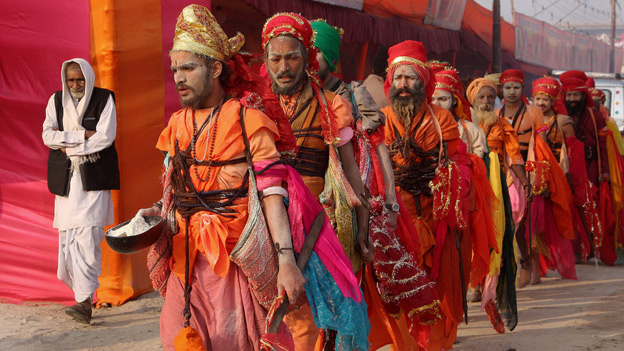
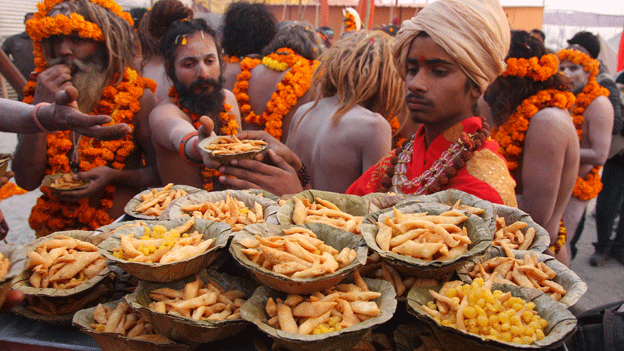

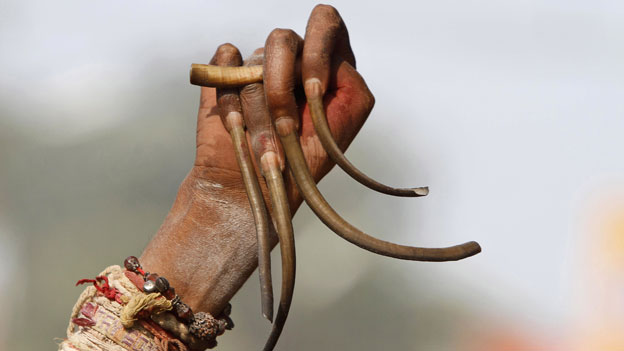
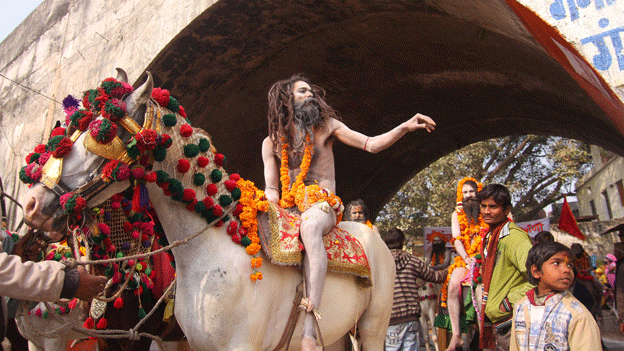
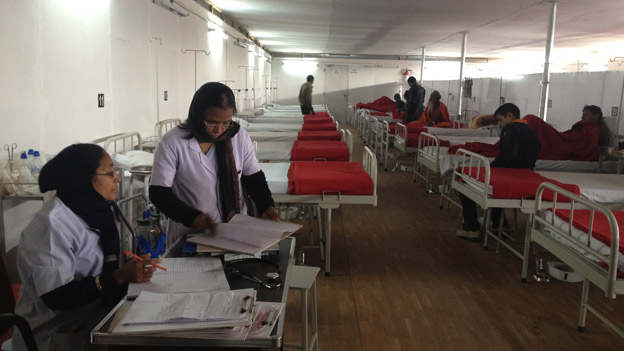
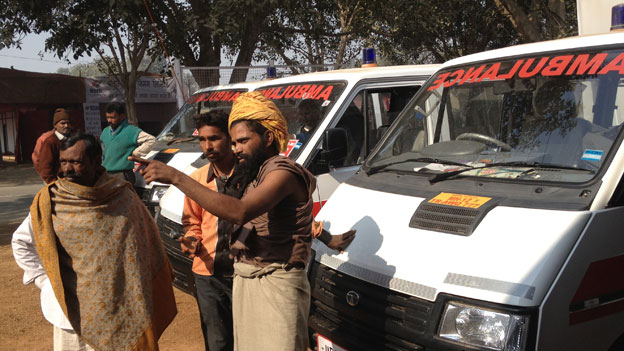
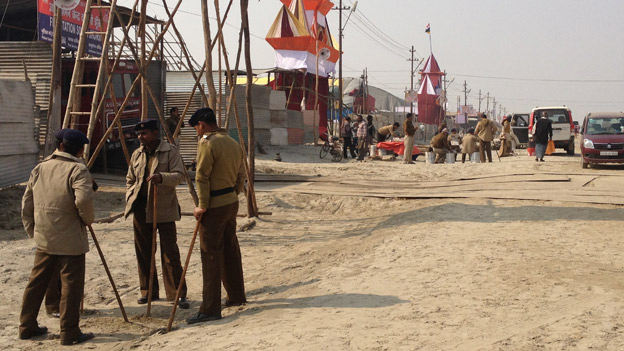

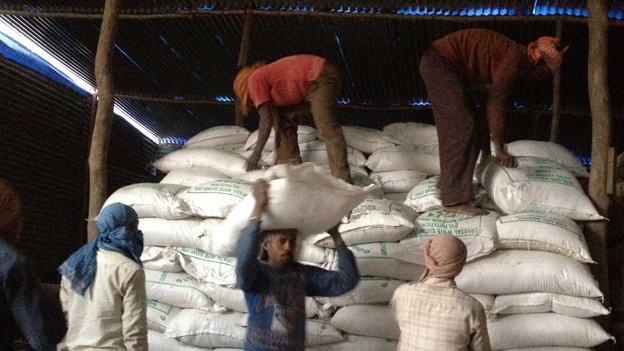
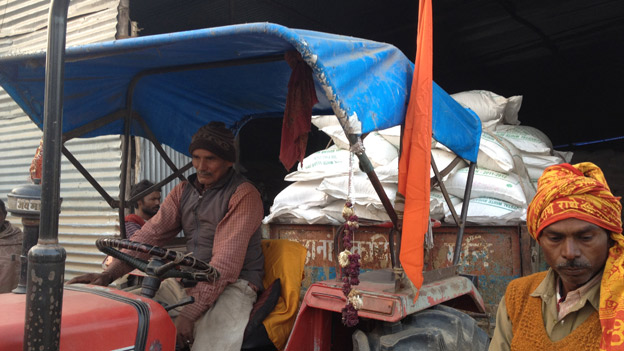
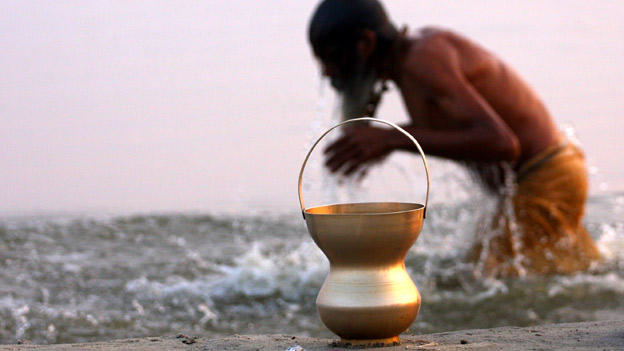
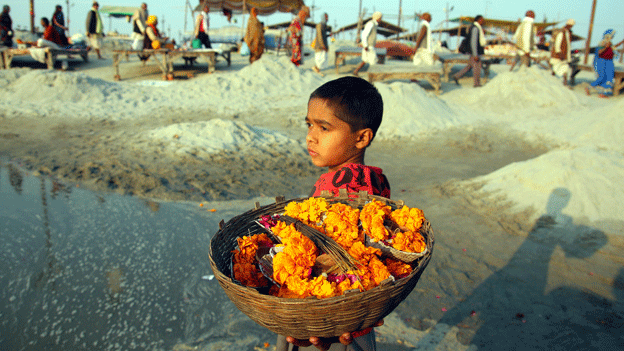
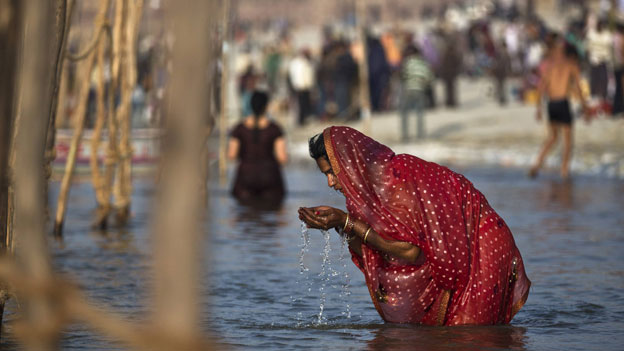

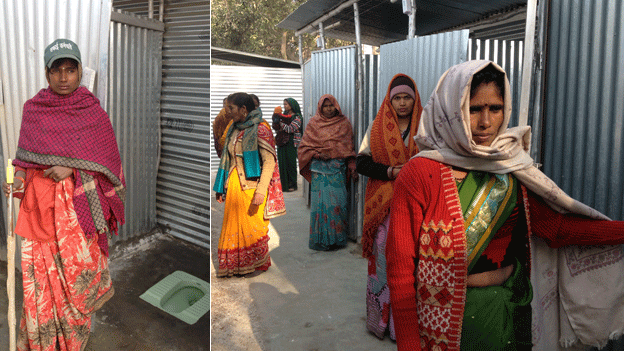
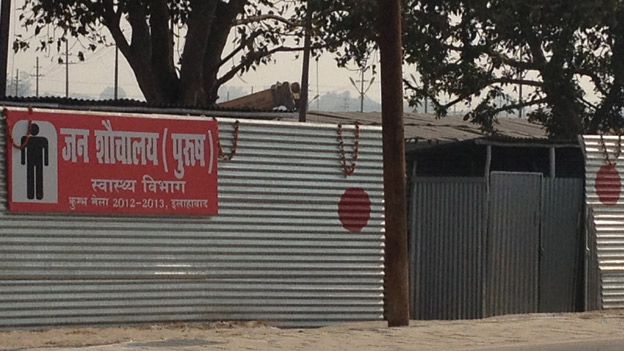
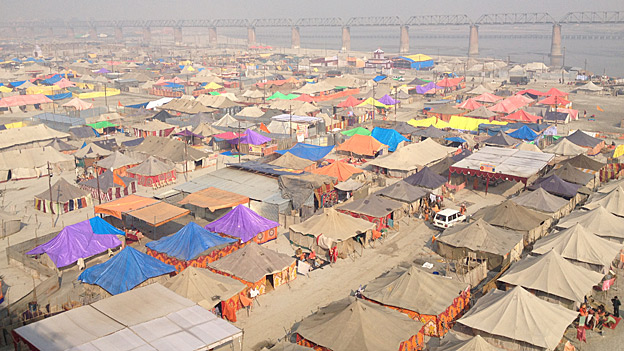
 Australia beat India to reach final
Australia beat India to reach final